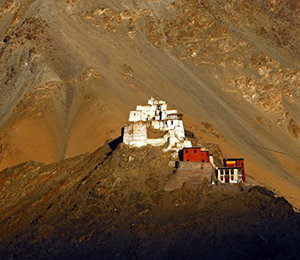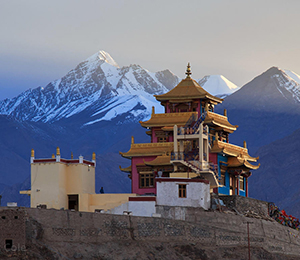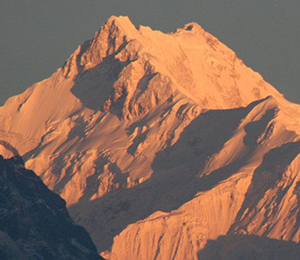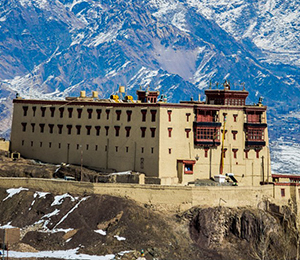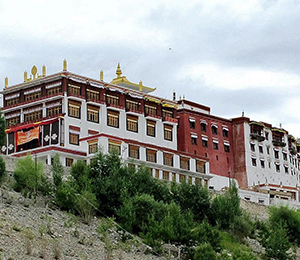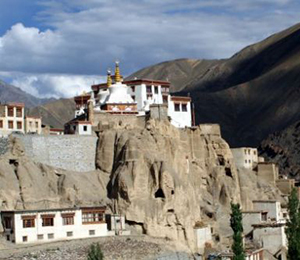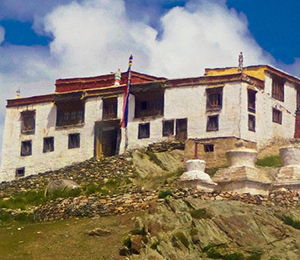
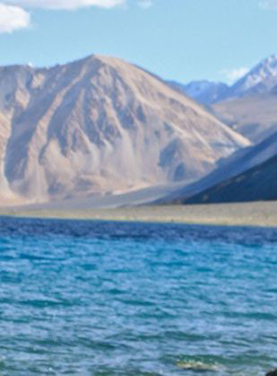
Altitude: 3,524 metres (11,562 ft)
Location: Leh,Jammu & Kashmir Valley
Population: 30,870 (2011))
Language: Dogri, Sheena, Urdu, Hindi, English.
Temperature: Max 17°C to Min -6.7°C.
Best Time to Visit: March to November.
How to Spend Time: Bike Riding, Trekking, Sightseeing, Photography.
Attractions: Sankar Gompa, Shanti Stupa, Jama Masjid, Choglamsar, Tiger Hill, Leh Palace, Stok Palace, Tsemo Fort etc.
